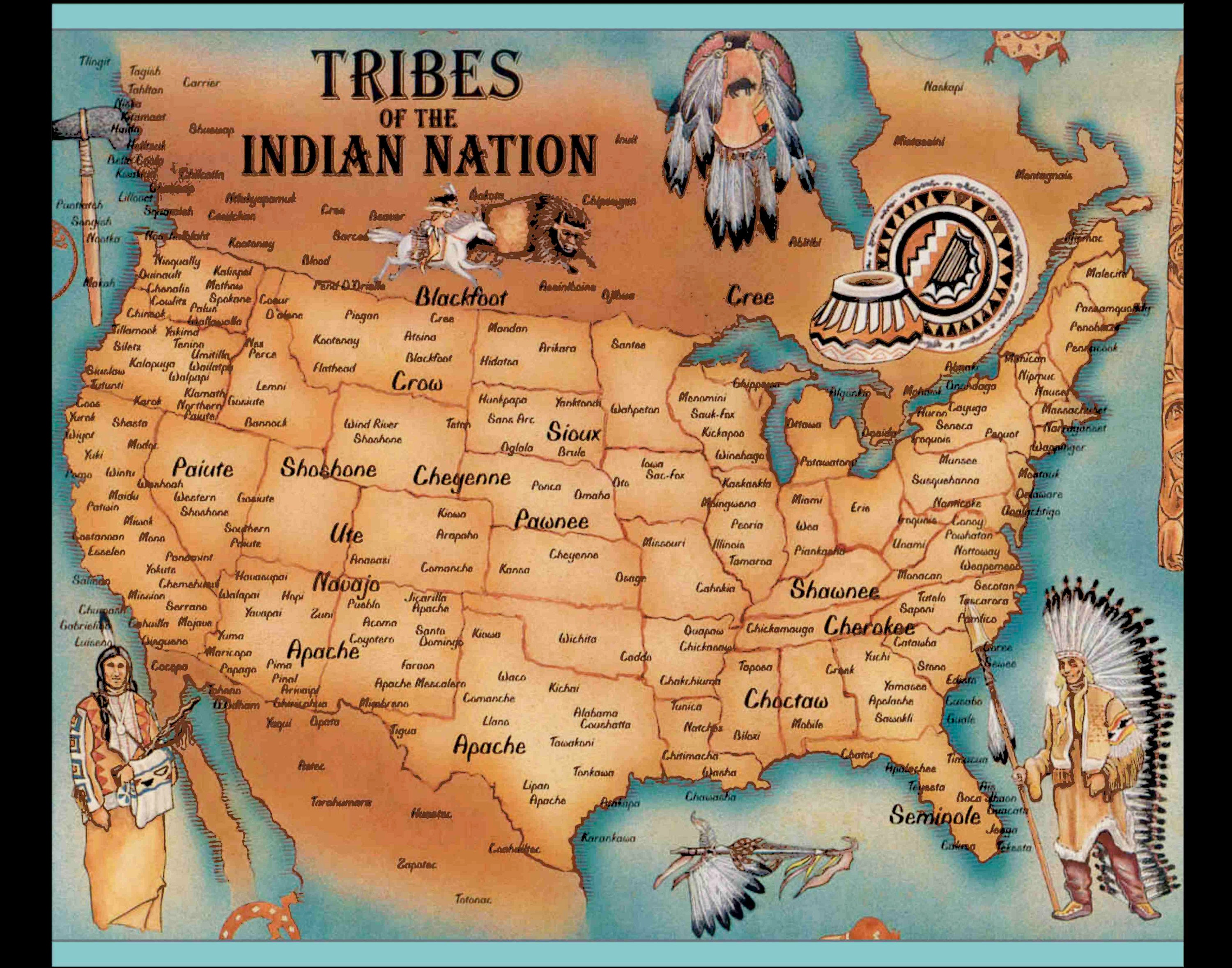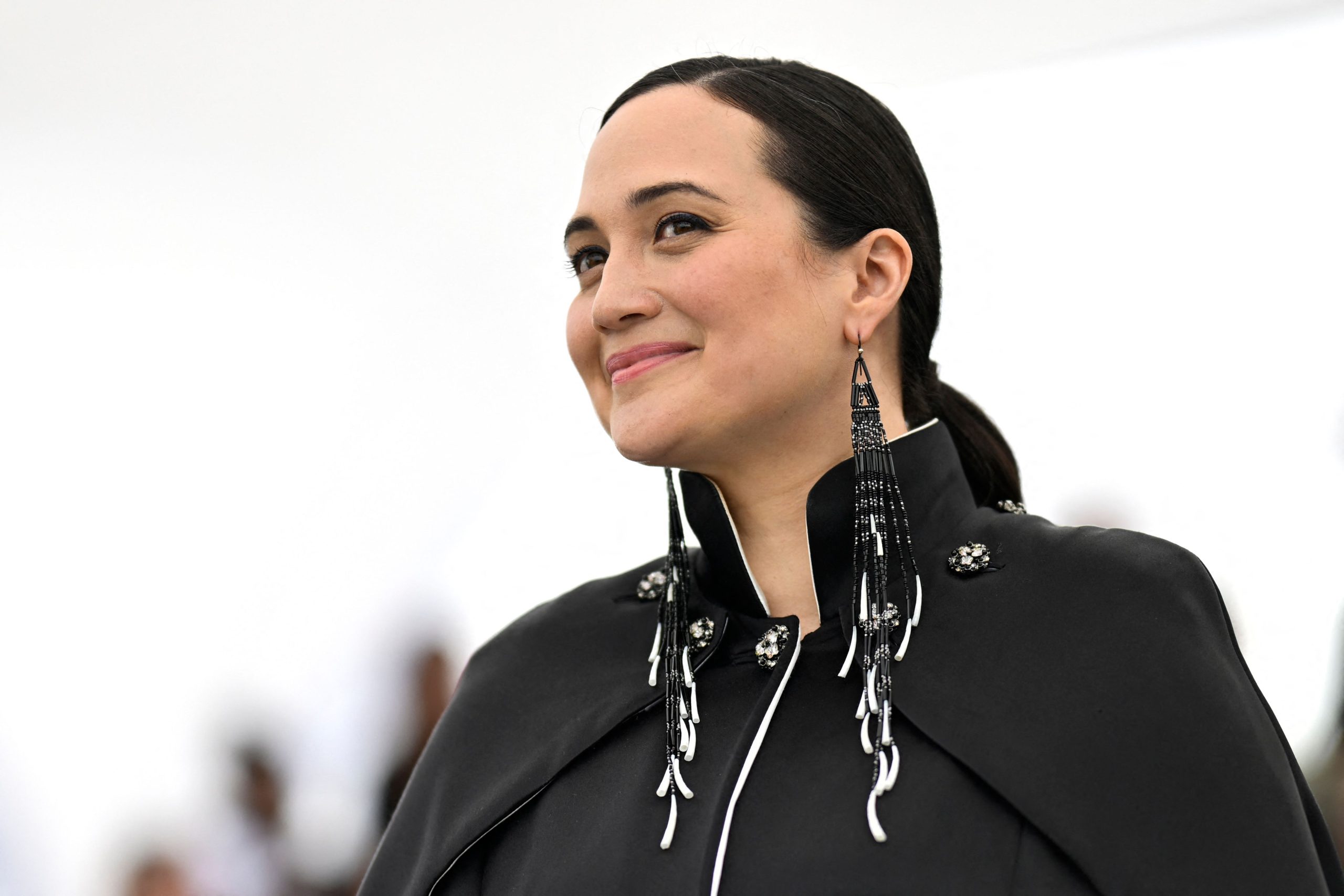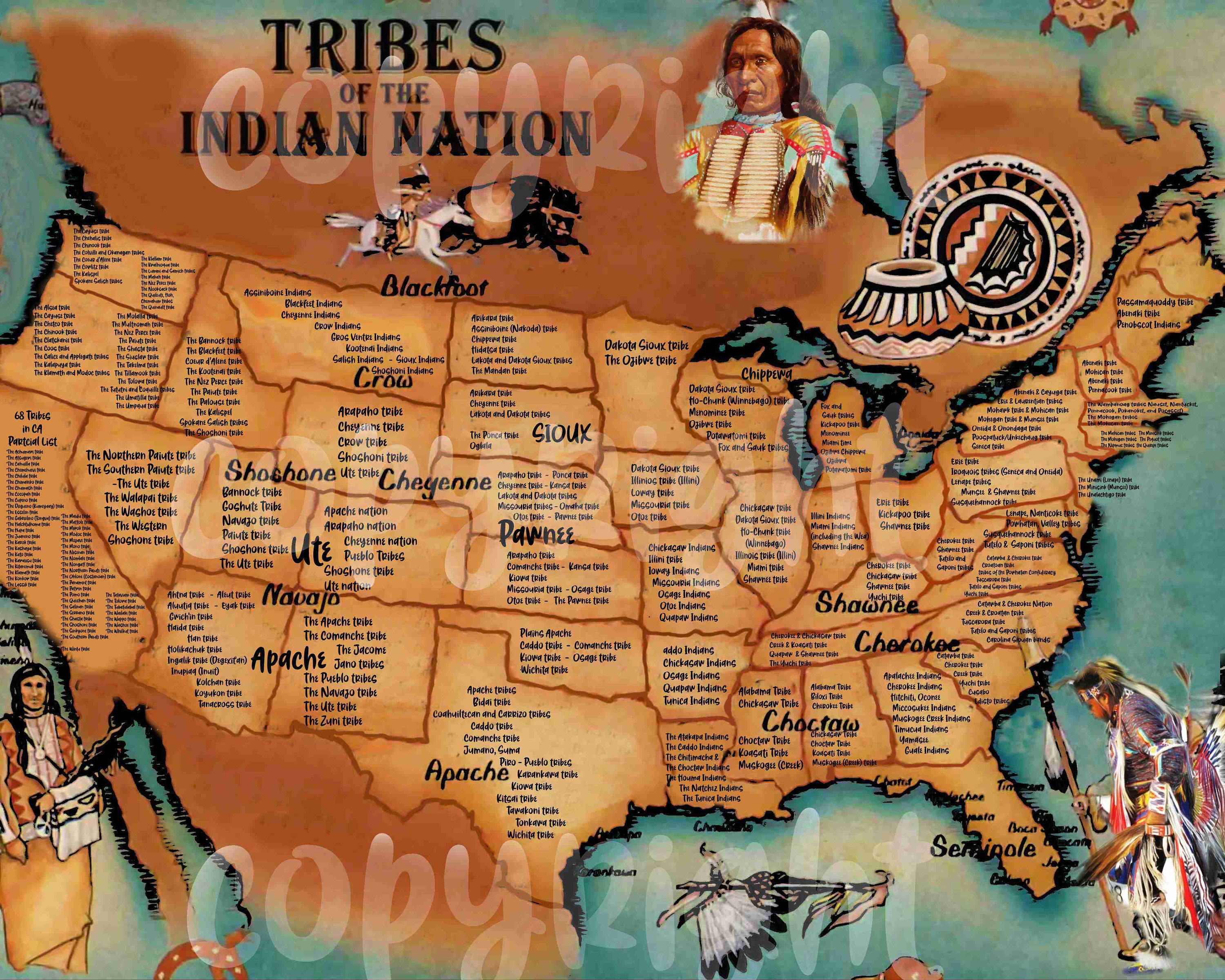
Here is a 1200-word article explaining a hypothetical "Map of Native American Filmmakers," suitable for a travel and history education blog, focusing directly on the discussion of history, identity, and tribal connections.
>
Charting New Narratives: A Map of Native American Filmmakers
Maps have always been tools of exploration, guiding us through physical landscapes, revealing territories, and marking significant places. But imagine a map that charts not just geography, but the vibrant, evolving landscape of human stories – specifically, the powerful and essential narratives emerging from Native American filmmakers. This isn’t a map of states or cities, but a living, breathing guide to the voices, visions, and tribal connections that are reshaping cinema, offering profound insights into history, identity, and the enduring spirit of Indigenous peoples across North America.

This "Map of Native American Filmmakers" serves as an invaluable resource for anyone seeking to understand the continent’s true, multi-faceted history beyond the colonial lens. It invites travelers, educators, and curious minds to embark on a journey of discovery, not just across physical lands, but into the rich cultural tapestry woven by Indigenous artists. By pinpointing filmmakers to their ancestral territories and tribal nations, this map reveals the deep roots of their storytelling, offering context to the unique perspectives each artist brings to the screen.
The Genesis of a Movement: From Stereotype to Sovereignty in Cinema
For over a century, Hollywood consistently misrepresented Native Americans, often relegating them to two-dimensional stereotypes: the "noble savage," the bloodthirsty warrior, or the stoic spiritual guide. These portrayals, crafted by non-Native hands, stripped Indigenous peoples of their complexity, humanity, and agency, perpetuating harmful myths that continue to impact public perception. The absence of authentic Native voices created a void, leaving countless stories untold and histories distorted.
The late 20th and early 21st centuries marked a crucial turning point. As Indigenous self-determination movements gained momentum in political and social spheres, a parallel movement began in media. Native artists, armed with cameras and an unyielding desire for truth, started reclaiming their narratives. This wasn’t merely about correcting historical inaccuracies; it was about asserting cultural sovereignty, celebrating resilience, and telling stories from within their communities.

Pioneering efforts, often supported by organizations like the Sundance Institute’s Native American and Indigenous Program, provided platforms and training for emerging filmmakers. This era saw the rise of seminal works like Chris Eyre’s Smoke Signals (1998), a groundbreaking film that not only achieved mainstream success but also offered a nuanced, humorous, and deeply human portrayal of contemporary Native life on the Coeur d’Alene Reservation. Eyre, a member of the Cheyenne and Arapaho tribes, demonstrated the power of self-representation, paving the way for a new generation.
Navigating the Map: Tribal Roots and Regional Narratives
Our "Map of Native American Filmmakers" would be a dynamic, interactive experience, showcasing filmmakers not just by their current residence, but by their tribal affiliation and the lands from which their stories emanate. This emphasis on tribal nation is paramount, as it underscores the incredible diversity within Native America – over 574 federally recognized tribes, each with its own distinct language, history, traditions, and cosmology.
Imagine clicking on the Southwest region and discovering the works of Sydney Freeland (Navajo Nation). Her films, like Drunktown’s Finest (2014) and her recent contributions to Reservation Dogs, often explore themes of identity, sexuality, and community within the vast, sacred landscapes of the Diné. Her storytelling is deeply informed by Navajo culture, addressing contemporary issues with authenticity and compassion. The visual language of her films often reflects the stark beauty and spiritual significance of the desert environment, a geographical identifier that becomes integral to the narrative.

Moving north to the Great Plains, you might find Sterlin Harjo (Seminole/Muscogee Creek Nation). While his primary tribal affiliations are from the Southeast, his wildly popular series Reservation Dogs (co-created with Taika Waititi) is set on a fictional reservation in rural Oklahoma, a state with the second-largest Native American population and a complex history of forced tribal removals. Harjo’s work brilliantly blends humor, drama, and poignant social commentary, offering an unprecedented look at the lives of Indigenous teenagers. His map point connects not just to his heritage but to the contemporary realities of tribal life in a region shaped by both profound historical trauma and vibrant cultural resurgence.
Further west, the map would highlight filmmakers from the Pacific Northwest, such as Sky Hopinka (Ho-Chunk Nation/Pechanga Band of Luiseño Indians). His experimental and documentary films, often incorporating Native languages, explore themes of language revitalization, land, and personal memory. His work is less about linear narrative and more about sensory experience, inviting viewers to engage with Indigenous ways of knowing and seeing. His "map point" would extend beyond a single location, representing a fluid connection to ancestral lands and a pan-Indigenous intellectual and artistic movement.
Even in the Eastern Woodlands, where many tribes faced early and devastating colonial impacts, voices are emerging. While perhaps fewer feature films, a rich tradition of documentary and short filmmaking addresses the ongoing struggles for land rights, cultural preservation, and environmental justice. These map points would highlight the resilience of tribes like the Wampanoag, Cherokee, and Haudenosaunee, whose stories are vital to a complete understanding of American history.
Identity and History Etched in Film: Beyond the Tourist Gaze
The films illuminated by this map are not just entertainment; they are living documents, historical archives, and cultural affirmations. They tackle a broad spectrum of themes:
-
Reclaiming History: From the devastating impact of boarding schools (explored in works like The Business of Fancy Dancing by Sherman Alexie) to the complexities of treaty rights and land dispossession, these films provide an Indigenous perspective on historical events often glossed over or distorted in mainstream accounts. They challenge viewers to confront uncomfortable truths and understand the ongoing legacies of colonialism.
-
Diverse Identities: Native American identity is not monolithic. These filmmakers explore the nuances of what it means to be Indigenous today – from urban Native experiences to life on reservations, from two-spirit identities to the struggles of intergenerational trauma, and the joys of cultural revitalization. They show individuals navigating modern challenges while maintaining deep connections to tradition and community.
-
Language and Culture Preservation: Many films incorporate ancestral languages, not just as dialogue but as a fundamental element of character and world-building. This act of cinematic storytelling becomes an act of cultural preservation, vital for languages threatened by centuries of assimilation policies. Similarly, traditional ceremonies, artistic practices, and oral traditions are often depicted with respect and accuracy, allowing audiences to glimpse the richness of Indigenous cultures.
-
Contemporary Life and Humor: Crucially, Native American cinema isn’t solely focused on historical trauma. It celebrates the humor, resilience, and everyday lives of Indigenous peoples. Films like Reservation Dogs exemplify this, offering a fresh, often hilarious, look at teenagers grappling with universal adolescent themes against a distinctly Native backdrop. This humor is often a powerful coping mechanism, a form of resistance, and a testament to the enduring spirit of survival.

Beyond the Screen: Impact and Education
For the traveler and history enthusiast, this "Map of Native American Filmmakers" offers an unparalleled opportunity for deeper engagement. Instead of just visiting historical sites or natural wonders, viewers can immerse themselves in the contemporary realities and historical contexts of the communities whose lands they traverse. Watching a film by a Navajo filmmaker before visiting Canyon de Chelly, for example, transforms the experience, imbuing the landscape with the stories and spiritual significance depicted on screen.
These films serve as powerful educational tools, dismantling stereotypes and fostering empathy. They challenge the notion of Native Americans as relics of the past, instead showcasing them as dynamic, contemporary peoples actively shaping their futures. For educators, the map provides a curriculum-rich resource, allowing for the integration of Indigenous perspectives into history, literature, and social studies lessons.
Moreover, supporting Native American filmmakers means supporting Indigenous self-determination. It channels resources directly into Native communities, empowering artists to continue telling their stories, creating economic opportunities, and ensuring that future generations have access to authentic representations of their heritage.
The Map as a Living Document: An Ongoing Journey
This map is not static; it is a living document, constantly expanding with new voices, new technologies, and new narratives. As more Indigenous youth pick up cameras and find their voices, the cinematic landscape will continue to grow richer and more diverse. From feature films to documentaries, short films, web series, and VR experiences, Native American filmmakers are pushing boundaries and exploring new forms of storytelling.
Ultimately, the "Map of Native American Filmmakers" is more than just a list of names and locations. It is an invitation to witness the profound resilience, creativity, and spiritual depth of Indigenous peoples. It’s a call to action for audiences to actively seek out and celebrate these essential voices, embarking on a journey that will not only deepen their understanding of history and identity but also enrich their own humanity. By exploring this cinematic map, we chart a course toward a more inclusive, respectful, and truly informed understanding of the North American continent and its original storytellers.


